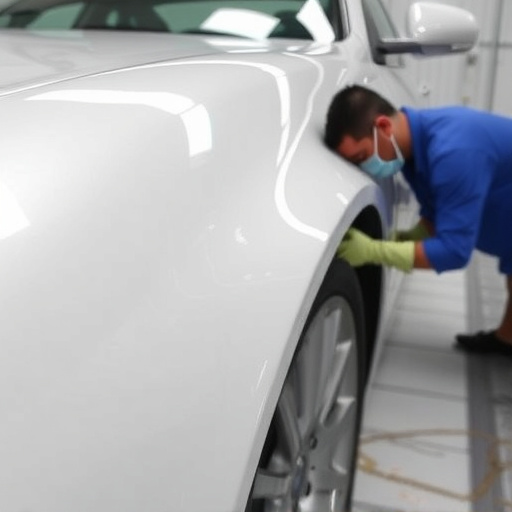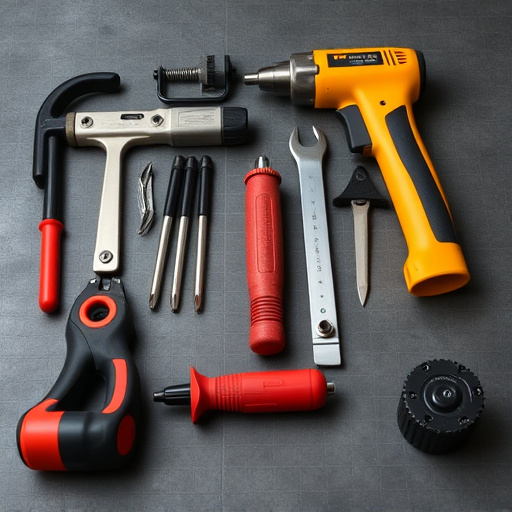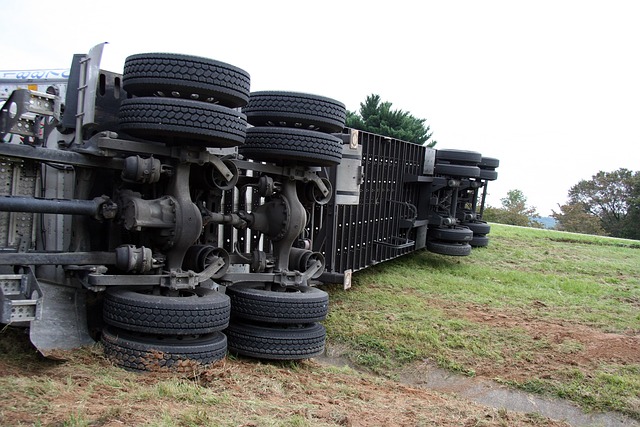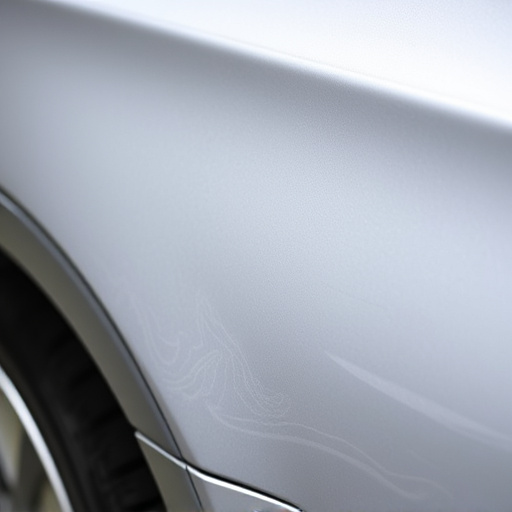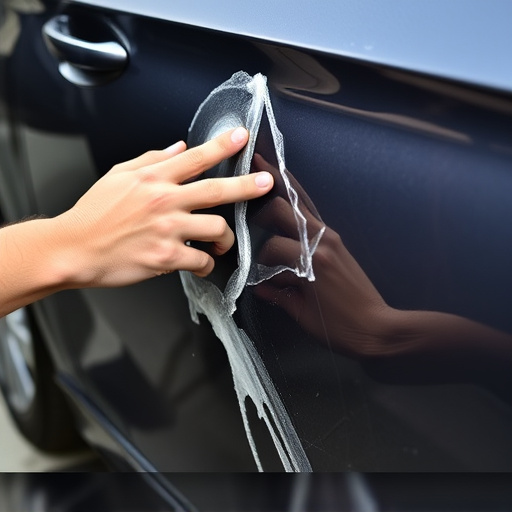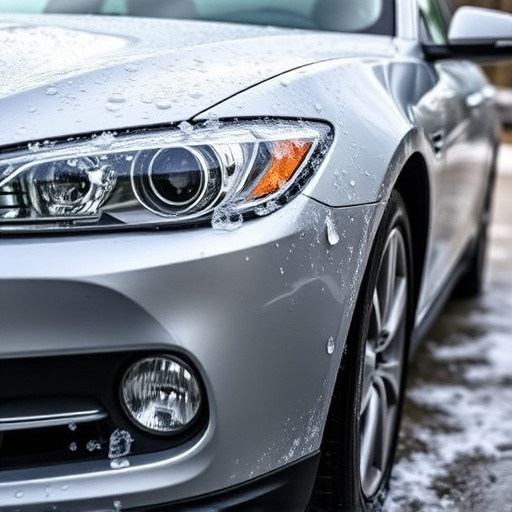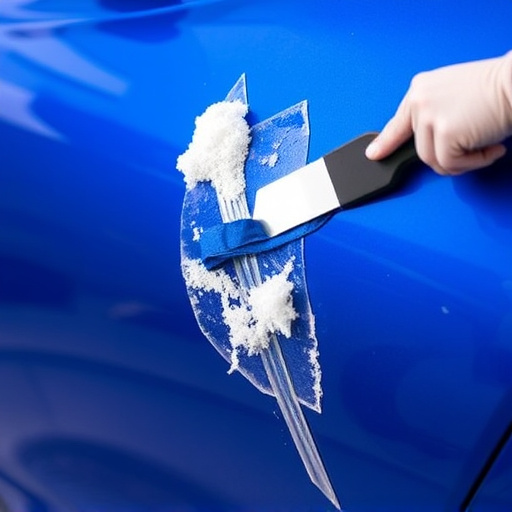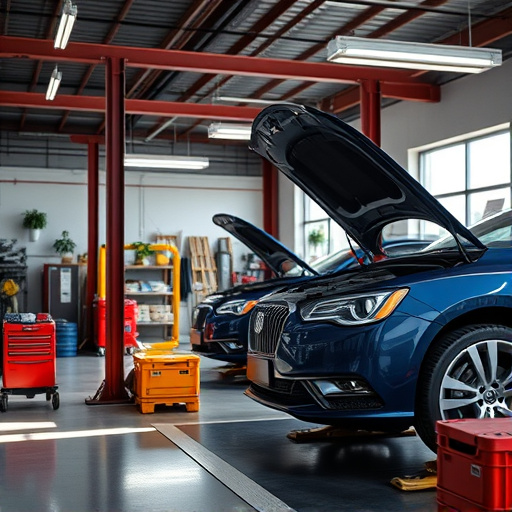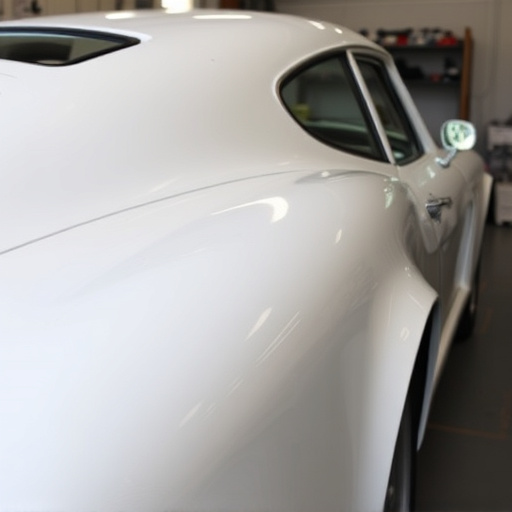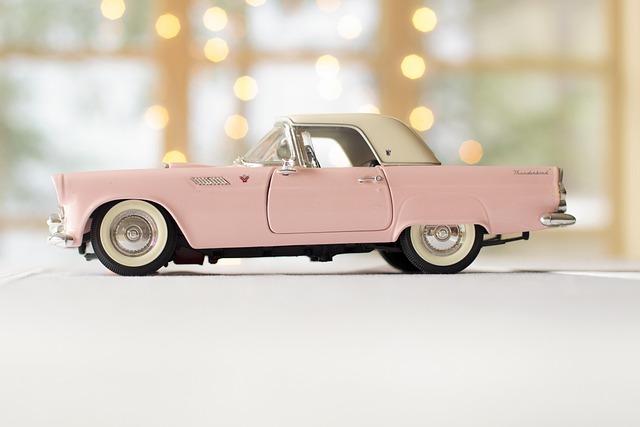OEM guidelines for blending panels in collision repair ensure seamless, high-quality repairs that maintain a vehicle's aesthetic appeal and structural integrity. By adhering to these standards, professionals use advanced techniques and materials to create virtually invisible repairs, preserving the car's value and safety.
In the realm of manufacturing, Original Equipment Manufacturers (OEMs) strive for seamless integration and aesthetic excellence. One recommended practice that yields these benefits is the blending of adjacent panels. This article delves into the underlying principles as per OEM guidelines, exploring why merging adjoining panels is advantageous. We will dissect the process, addressing potential collision concerns while highlighting the varied advantages this technique offers, from enhanced visual appeal to improved production efficiency.
- Understanding OEM Guidelines for Panel Blending
- Benefits of Blending Adjacent Panels
- Addressing Collision Concerns in Blending
Understanding OEM Guidelines for Panel Blending
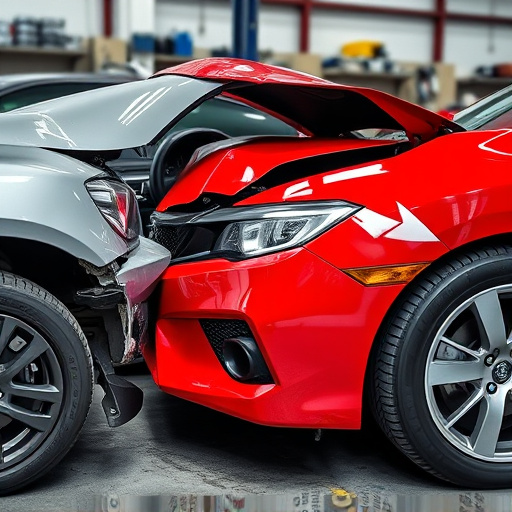
OEM guidelines for panel blending offer crucial insights into ensuring seamless and imperceptible joins between adjacent vehicle panels, such as fenders and doors. These guidelines emphasize the importance of precise measurement, material compatibility, and careful application techniques to avoid visible evidence of repairs, commonly known as “blending” or, in layman’s terms, a successful “fender bender” fix.
The process involves aligning and joining adjacent panels with such precision that the repair is virtually indistinguishable from the original factory work. This not only enhances the aesthetics of the vehicle but also reinforces structural integrity, vital aspects when it comes to automotive body work. Professional auto repair near you often employs these guidelines to ensure that repairs not only look good but also stand the test of time and withstand everyday wear and tear.
Benefits of Blending Adjacent Panels
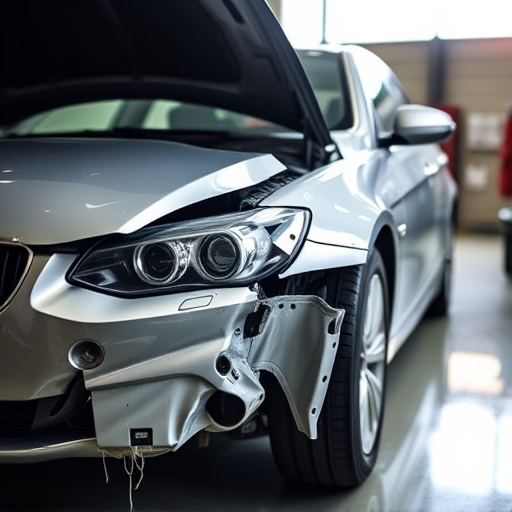
Blending adjacent panels is a recommended practice by OEM guidelines for several compelling reasons. One of the primary benefits is the seamless integration of new and repaired sections, ensuring no visible evidence of damage once the panel is replaced. This aesthetic appeal is not just about vanity; it significantly enhances the overall value and resale potential of the vehicle in what can often be referred to as a vehicle dent repair process.
Moreover, blending panels during collision repair, or what an auto repair shop might term as panel replacement, improves structural integrity. The careful fusion of adjacent panels creates a robust connection that matches the original manufacturing standards. This is particularly critical in preventing future issues stemming from weakened points that could lead to additional damage, making the process a crucial step in any comprehensive vehicle collision repair.
Addressing Collision Concerns in Blending
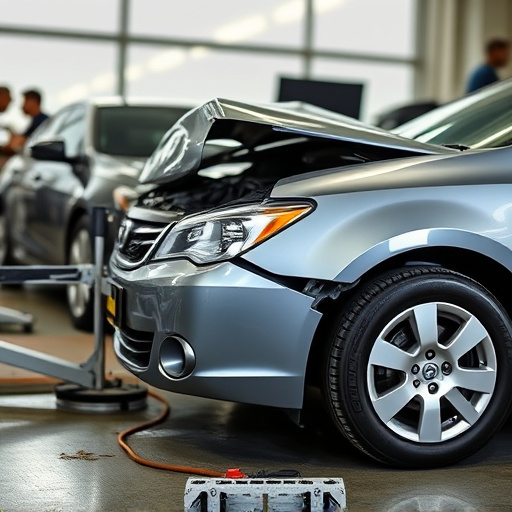
One of the primary concerns when blending adjacent panels in OEM guidelines is minimizing collision issues. During the auto body repair process, aligning and merging different sections require precision to avoid visible lines or imperfections that can detract from a car’s overall aesthetics. Collision centers utilize advanced technologies and skilled technicians to address these challenges effectively. By integrating tire services into their operations, they ensure consistent pressure and temperature control during the blending phase, fostering seamless transitions between panels. This meticulous approach not only enhances the structural integrity of the vehicle but also guarantees that the final repair is virtually indistinguishable from the original factory finish.
OEM guidelines advocate for blending adjacent panels to enhance structural integrity and minimize collision risks. By seamlessly integrating panels, manufacturers can achieve a more robust and aesthetically pleasing final product. This approach not only improves safety but also ensures consistent quality, making it an essential practice in modern manufacturing processes. Understanding these recommendations is key to producing high-quality, collision-resistant products that meet industry standards.
